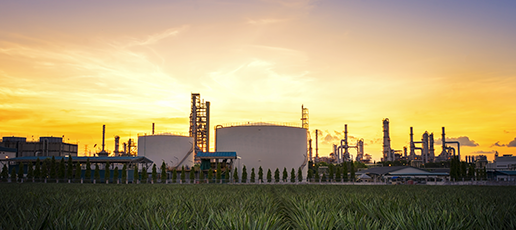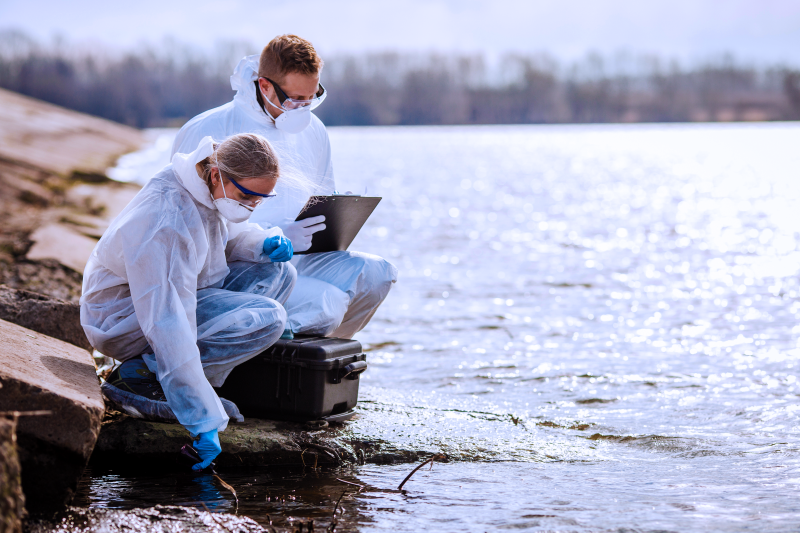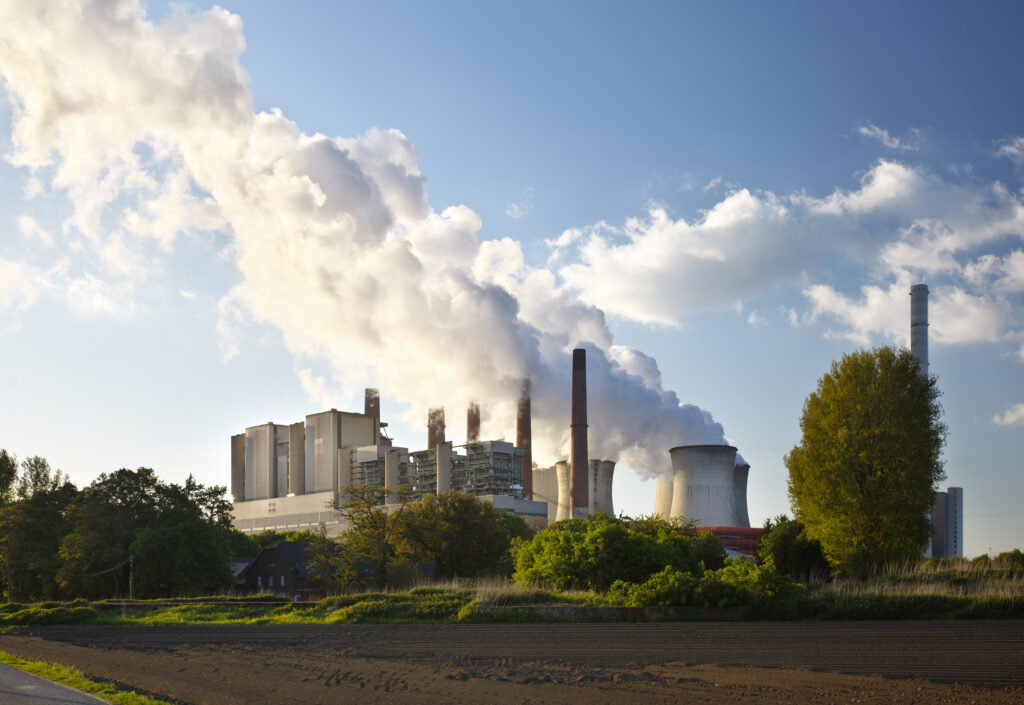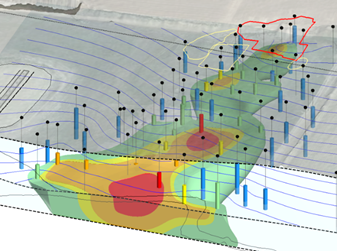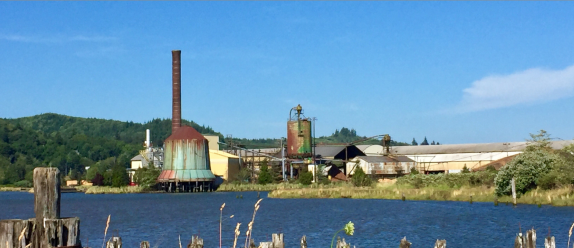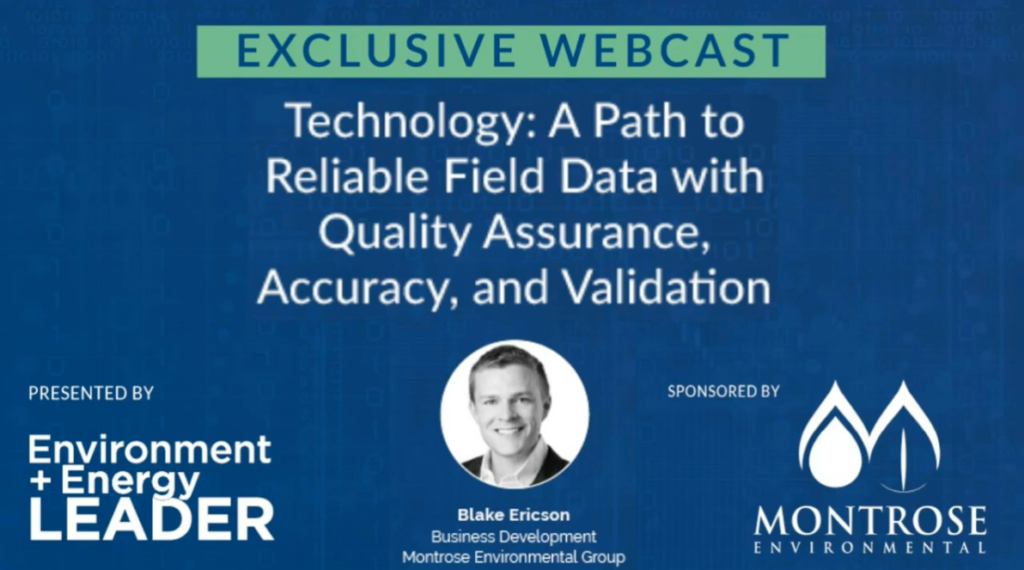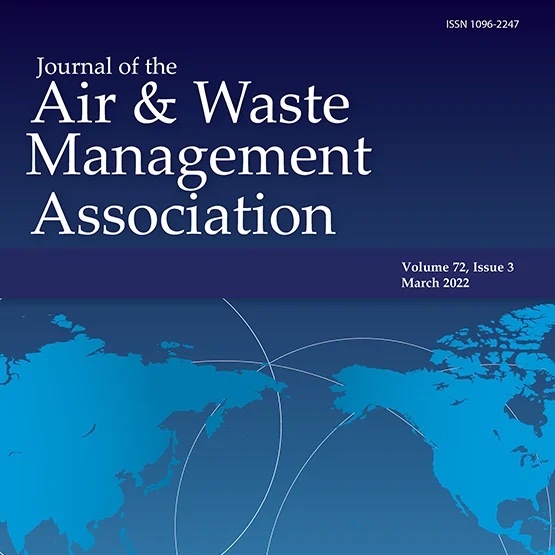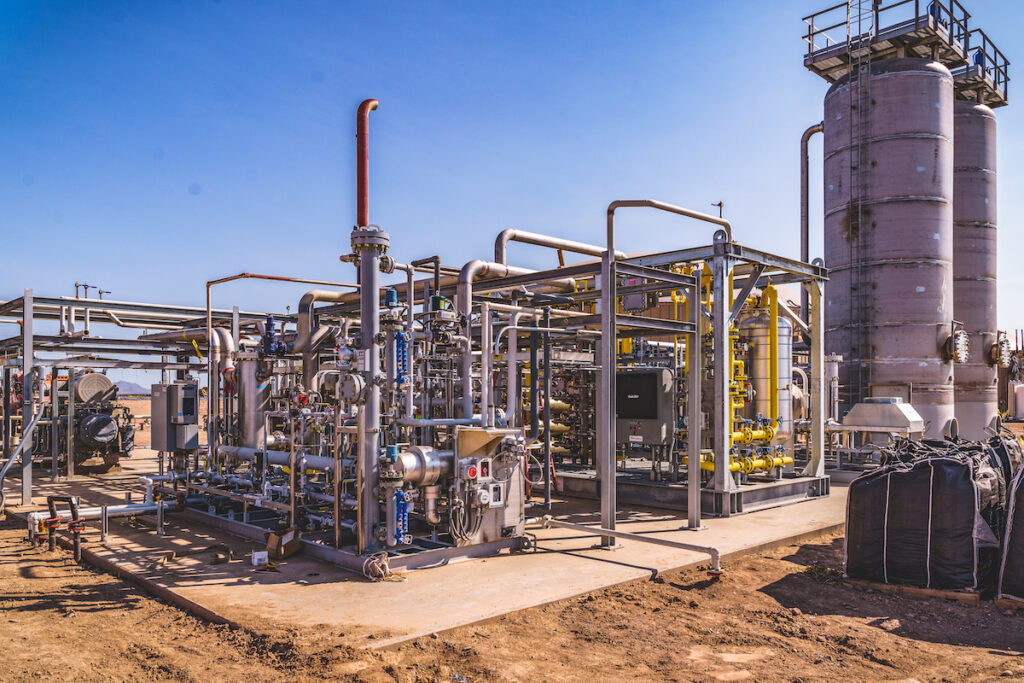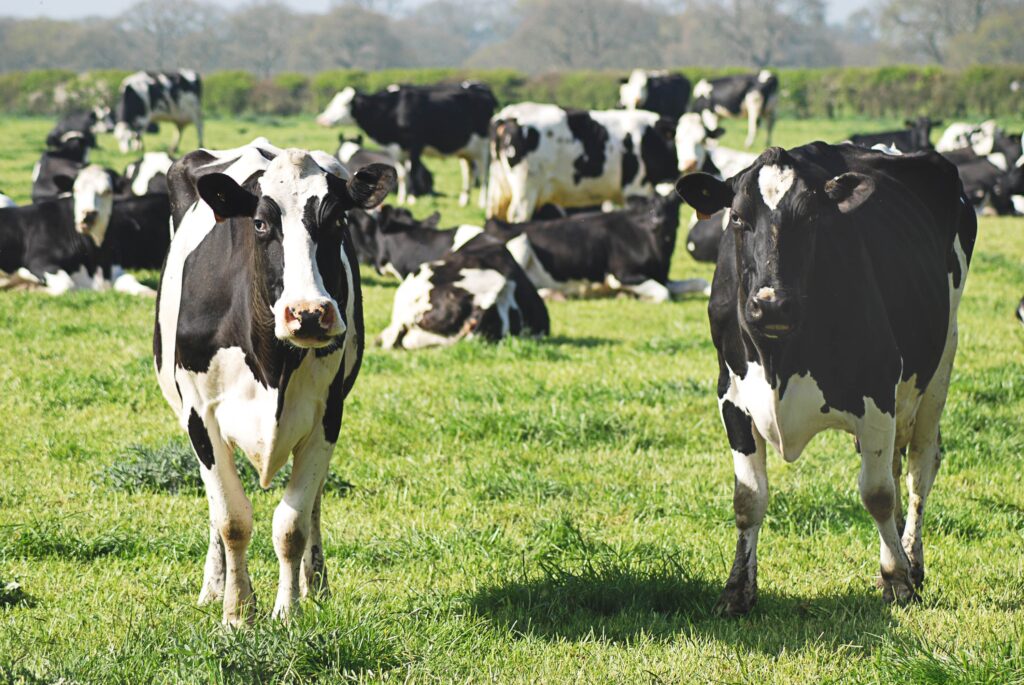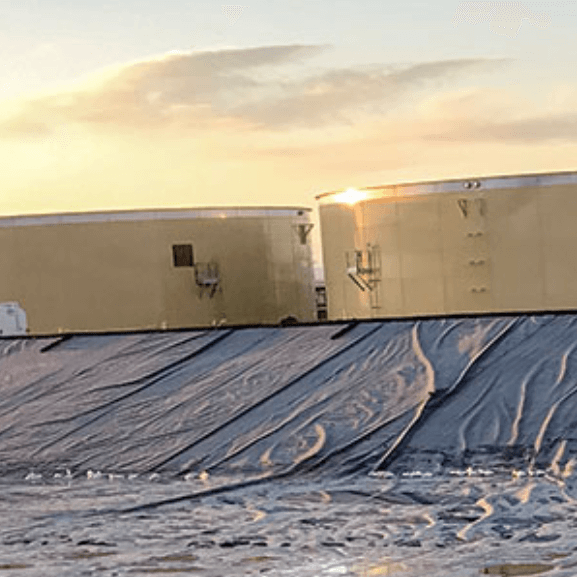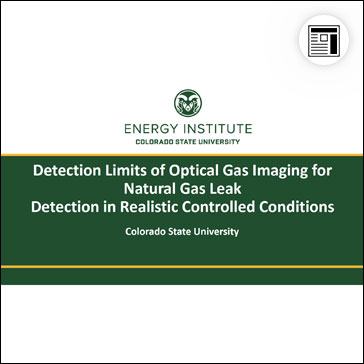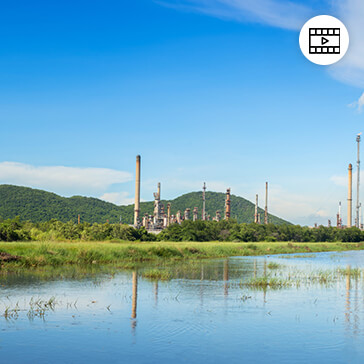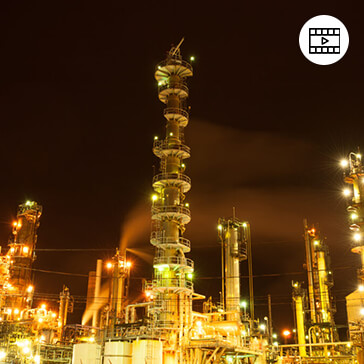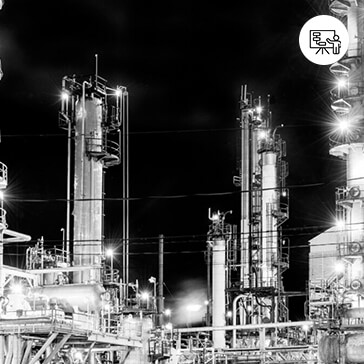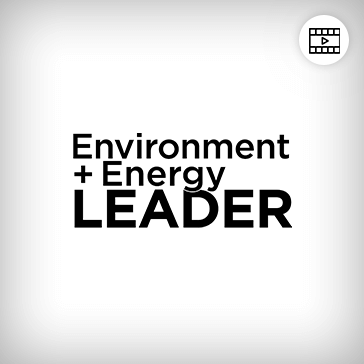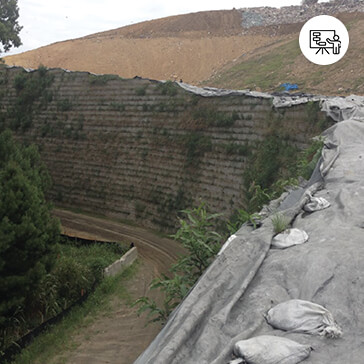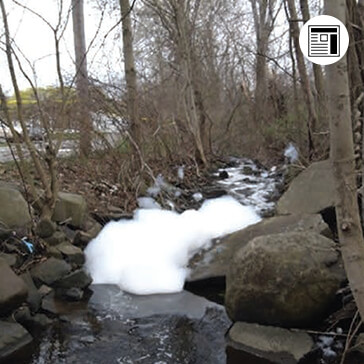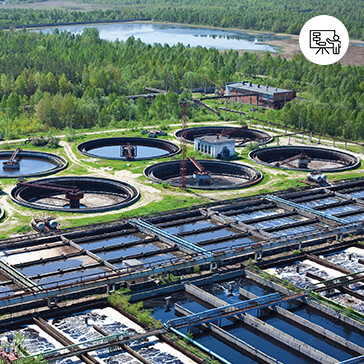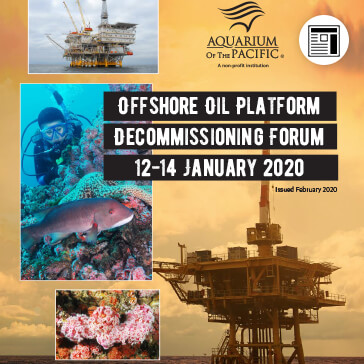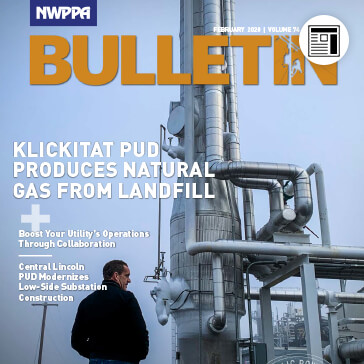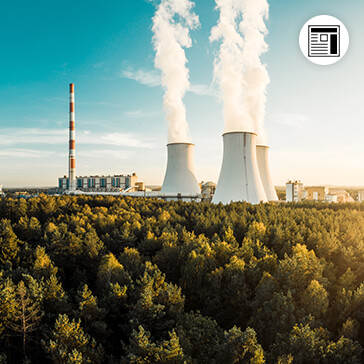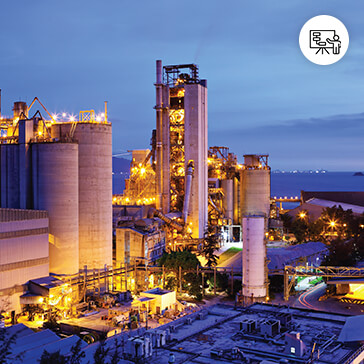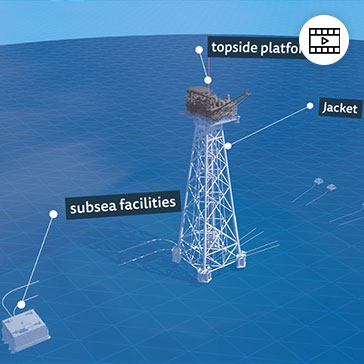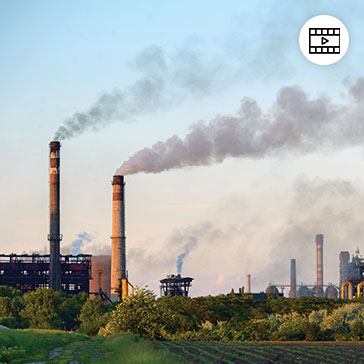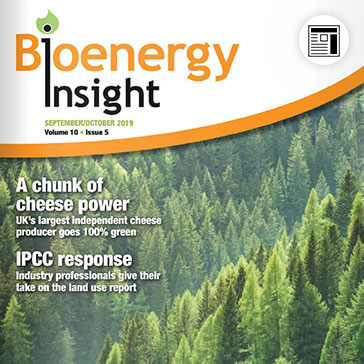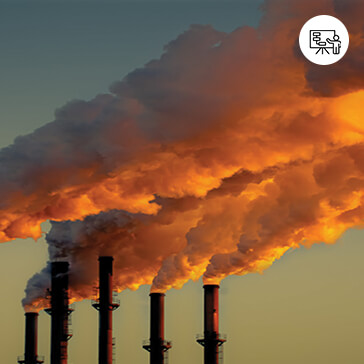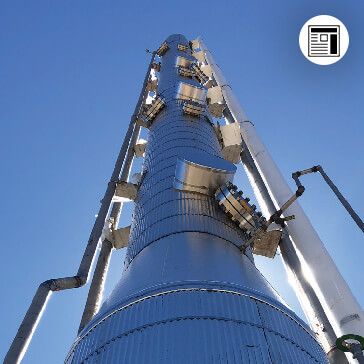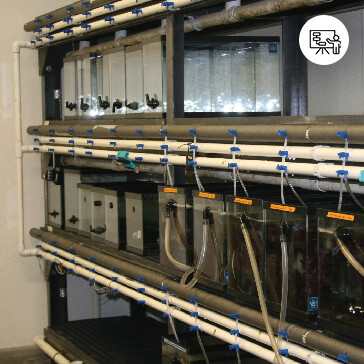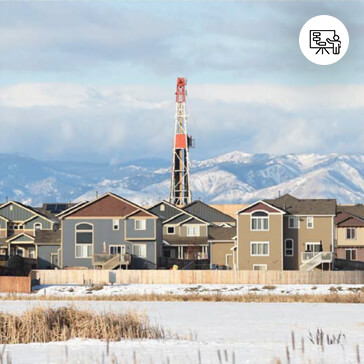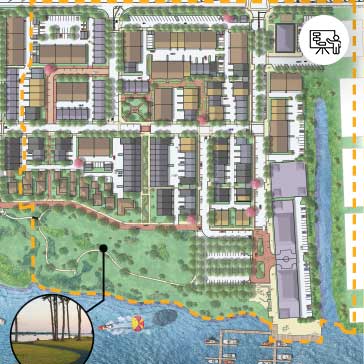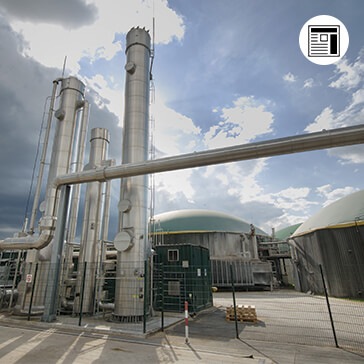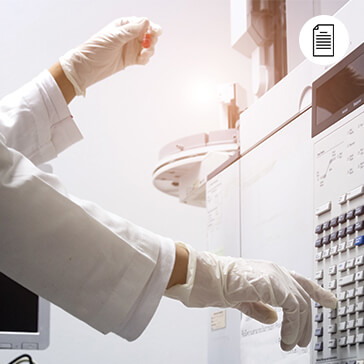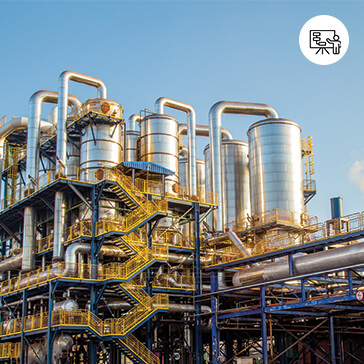Content
- All
- 3DVA
- Annual Emissions Reporting
- Article
- Biogas
- Brownfields
- Consulting
- Ecosystems
- Federal
- Flyer
- Lab Services
- LDAR
- Methane
- PFAS
- Regulatory
- Reporting & BI
- Soil & Groundwater Remediation
- Testing
- Video
- Water Treatment
- White Paper
Greenhouse Gas Benchmarking and Data Validation Solutions
Montrose has developed a Business Intelligence (BI) tool that consolidates publicly available data from EPA’s Flight Greenhouse Gas (GHG) emissions database for benchmarking and analysis purposes.
Simplifying Your Annual Emissions Reporting Flyer
Our solution provides streamlined, accurate, and cost-effective emissions reporting through electronic submittals, enabling our clients to save overall costs and focus on core operations.
Integrated Methane Solutions
Our interdisciplinary team’s knowledge and experience provide our clients with holistic, fit-for-purpose methane solutions. Discover our comprehensive methane services in this flysheet.
Montrose PFAS expert, David Kempisty, featured in latest edition of SAME’s The Military Engineer
Read the full article to see the latest advancements in full-scale PFAS treatment with Dave’s insights.
Video: Environmental 3D Visualization and Analysis Services
The video highlights how 3D Visualization and Analysis (3DVA) allows project teams to visually articulate complex environmental datasets to activate key decisions.
Whitepaper: Conventional and Advanced Site Investigation and Remediation (CASIR)
Read our latest whitepaper to learn how we help our clients reduce time and cost to site resolution, whether it be closure or ongoing proper management of complex and difficult sites.
Flyer: 3D Visualization and Analysis Services
Learn how we assimilate historical site datasets into a 3D visualization model and create easy-to-understand visualizations of complex site processes and treatment/cleanup plans. Download our latest flyer.
Flyer: Brownfields and Community Revitalization Practice
Want to build a successful program to achieve your brownfield redevelopment and community revitalization goals? Download our latest flysheet to learn more about our brownfield capabilities and previous projects.
Whitepaper: The Montrose Net Negative Carbon Conversion Process
Despite increasing public, industrial, and political awareness, CO2 emissions are projected to increase in the following decades. Learn more about the our advanced net negative carbon conversion process.
Technology A Path to Reliable Field Data with Quality Assurance, Accuracy, and Validation
The Montrose team participated in the ribbon cutting for the Sunoma Renewable Biofuels Project at Paloma Dairy in Gila Bend, AZ.
Pyrolysis processing of PFAS-impacted biosolids, a pilot study
Our research on the capabilities of proton transfer reaction time of flight mass spectrometry (PTR-MS) as a real-time measurement instrument.
Sunoma Renewable Biofuel Project Ribbon Cutting Event
The Montrose team participated in the ribbon cutting for the Sunoma Renewable Biofuels Project at Paloma Dairy in Gila Bend, AZ.
Our Approach to Biogas Solutions
Join our expert, Bernie Sheff, as we show you how the Montrose team approaches biogas solutions.
Select the Right Process Technology for Your Dairy RNG Project
Biogas Subject Matter Expert, Paul Greene, writes article for Progressive Dairy.
Detection Limits of Optical Gas Imaging for Natural Gas Leak Detection in Realistic Controlled Conditions
Study Conducted by the Colorado State University Energy Institute
Using Unmanned Aerial Systems (UAS – Drones) to Measure NOX Emissions from Stationary Sources
The testing of emissions from stationary sources generally involves a field crew having to work on an elevated work platform, scaffold or boom-lift.
Petroleum Technology Alliance Canada (PTAC) Panel – Logging in: TEREE Focused Conversations
Terence Trefiak was invited to be a panelist for a new webinar discussion series about the cross-section of technology and eco efficiency hosted by the Petroleum Technology Alliance Canada (PTAC).
Optical Gas Imaging Overview for the Petroleum Technology Alliance Canada (PTAC)
As of January 1, 2020, oil and gas facilities were required to start conducting leak detection and repair (LDAR) monitoring to meet new Federal and/or Provincial methane reduction regulations.
PEC Podcast Episode: Mitigating Circumstances
The Montrose team joined the Pennsylvania Environmental Council on their podcast, Pennsylvania Legacies, to talk about leak detection along with current technologies and dilemmas in the LDAR industry.
Webinar: Regulatory Changes Combined with Technological Advances Have Created Some Attractive Opportunities for Plant Operators
On this webinar you will learn new optimized techniques that are being used to measure formaldehyde and other HAPs emissions.
PFAS Considerations for Drinking Water: Best Practices and Regulatory Trends Webinar
Changes to EPA test methods and new technology play an increasingly important role in improving stack and ambient testing.
Offshore Oil Platform Decommissioning Forum
January 12-14, 2020. A brief summary of important findings.
Klickitat PUD Produces Natural Gas From Landfill
Washington’s governor praises PUD for creating innovative RNG plant
Georgia EPD Proposes Revisions to the Air Permit Fees
Discover how Montrose has stayed at the forefront of development of innovative solutions to conquer issues with stormwater runoff.
Maximizing Ecosystem Service Benefits While Managing Site Risks – NEBA Applied to Offshore Decommissioning
See how a NEBA based Comparative Assessment can be used to increase ecosystem service benefits.
Emerging Technology in Air Pollution Measurements for Oil & Gas
This narrated presentation highlights emerging technology in air pollution testing including remote flare monitoring for combustion efficiency, mobile onsite mass spec for PPT level analysis of ambient air…
Designing an Anaerobic Digester
New US legislation boosts need for anaerobic digestion biogas facilities. In this article, that appears in the September/October 2019 issue of Bioenergy Insights magazine, Paul Greene explains the process of designing digesters.
Enhanced Measurement Technologies for Low – Concentration Hazardous Air Pollutant Testing on Combustion Units
Discover emerging technologies for providing extremely low detection limits for real-time testing of combustion units.
See Innovation at Work
A new facility is producing one of the lowest carbon emission fuels available.
Site-Specific Sediment Criteria: A framework for using bioassays as a tool for risk assessments
When to use bioassays as a tool for risk assessments
How Low-Cost VOC Sensor Networks and Predictive Algorithms Mitigate Pollution Risks to the Community
By exploring low-cost, alternative methods, Montrose was able to mitigate risks and ease the fears of Colorado citizens.
Site Design: Story of a Former Waterfront Chemical Plant
Site design of the Waterside Brownfield Redevelopment project. Formerly the home of a chemical plant, the project transformed the area into a mixed-use residential development.
101 For Low Carbon Fuel Standard
California’s Low Carbon Fuel Standard is stimulating new markets for alternative sources of energy, such as renewable natural gas.
Proton Transfer Reaction Mass Spectrometry (PTR-MS) for Ambient and (Compliance) Source Testing Discussion
Our research on the capabilities of proton transfer reaction time of flight mass spectrometry (PTR-MS) as a real-time measurement instrument.
State-of-the-Art Real-Time, Low Level VOC Monitoring in Stationary and Mobile Platforms
Discover how PTR-MS is a cost-effective, mobile, and powerful analytical tool for ambient air testing.



